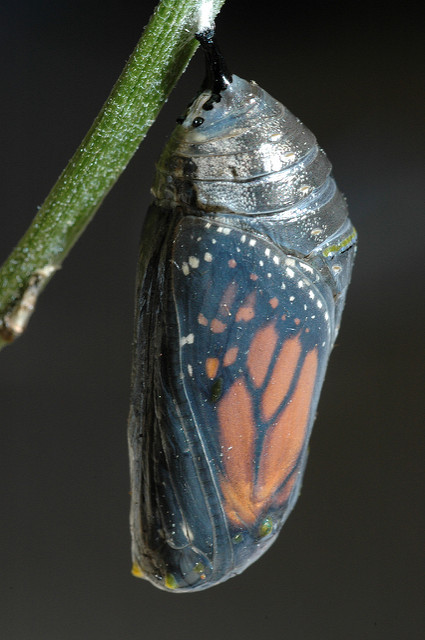The Cycle of Success
 There’s a huge amount of energy required to help an organization do new work.
There’s a huge amount of energy required to help an organization do new work.
At every turn the antibodies of the organization reject new ideas. And it’s no surprise. The organization was created to do more of what it did last time. Once there’s success the organization forms structures to make sure it happens again. Resources migrate to the successful work and walls form around them to prevent doing yet-to-be-successful work. This all makes sense while the top line is growing faster than the artificially set growth goal. More resources applied to the successful leads to a steeper growth rate. Plenty of work and plenty of profit. No need for new ideas. Everyone’s happy.
When growth rate of the successful company slows below arbitrary goal, the organization is slow to recognize it and slower to acknowledge it and even slower to assign true root cause. Instead, the organization doubles down on what it knows. More resources are applied, efficiency improvements are put in place, and clearer metrics are put in place to improve accountability. Everyone works harder and works more hours and the growth rate increases a bit. Success. Except the success was too costly. Though total success increased (growth), success per dollar actually decreased. Still no need for new ideas. Everyone’s happy, but more tired.
And then growth turns to contraction. With no more resources move to the successful work, accountability measures increase to unreasonable levels and people work beyond their level of effectiveness. But this time growth doesn’t come. And because people are too focused on doing more of what used to work, new ideas are rejected. When a new idea is proposed, it goes something like this “We don’t need new ideas, we need growth. Now, get out of my way. I’m too busy for your heretical ideas.” There’s no growth and no tolerance for new ideas. No one is happy.
And then a new idea that had been flying under the radar generates a little growth. Not a lot, but enough to get noticed. And when the old antibodies recognize the new ideas and try to reject it, they cannot. It’s too late. The new idea has developed a protective layer of growth and has become a resistant strain. One new idea has been tolerated. Most are unhappy because there’s only one small pocket of growth and a few are happy because there’s one small pocket of growth.
It’s difficult to get the first new idea to become successful, but it’s worth the effort. Successful new ideas help each other and multiply. The first one breaks trail for the second one and the second one bolsters the third. And as these new ideas become more successful something special happens. Where they were resistant to the antibodies they become stronger than the antibodies and eat them.
Growth starts to grow and success builds on success. And the cycle begins again.
Image credit – johnmccombs
 Mike Shipulski
Mike Shipulski